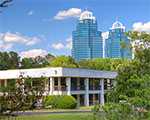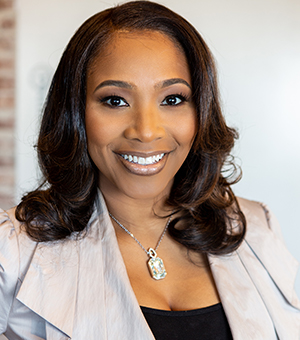You’ve been in a wreck. Everyone seems to be ok, and the police are on their way…now what?
It’s time to document the scene. Photos, notes, witness information, insurance details from the other driver – each of these details can play a huge role in the aftermath of the collision.
In the age of smartphones, capturing images is more accessible than ever and your phone is a simple yet powerful tool. Taking pictures promptly and thoroughly can contribute to a smoother claims process, aid in legal matters, and ensure that all relevant details are accurately documented for future reference.
Photos: Why Are They Important?
- Photographs provide indisputable evidence of what happened. Memories fade, and witnesses may not have seen everything. A picture is a permanent record of the scene and may even capture details that you did not notice in the chaos of the moment.
- Insurance and legal claims are built on facts, and photos help establish the hard facts of your case. Photos can provide concrete evidence of who was at fault in the collision, exactly what damage was inflicted, the weather conditions, and more.
Image Checklist: What Should You Document?
In the aftermath of a wreck, you simply can’t have too much evidence. More photos are better than less, and the sooner the better. Don’t delay – conditions can change quickly, and returning the next day for pictures will not capture things as they were. Of course, always put health and safety above evidence. If conditions are hazardous, get yourself out of harm’s way and take your pictures from a safe location.
- Vehicle Damage. Thoroughly document damage to all involved vehicles, including shattered glass, leaked fluids on the road, dents, and scrapes. If you notice something unusual about a vehicle, like an alcoholic beverage in the car, photograph it.
- Injuries. Take clear and detailed photos of your own injuries, if possible, and any injuries your passenger has sustained as well. Your injuries may change over time, and evidence from immediately after the accident can play a significant role in your compensation.
- Skid Marks. Document all skid marks with photographs and videos, and be sure to show the tracks in their entirety. Your images can help reconstruct the incident and provide clues about the speed and direction of the involved vehicles.
- Wide Angle Images. Capture the entire scene, including the surrounding area. Was there a blind curve on the road? Or were the conditions favorable and the roads clear? Photographs and videos are a powerful tool in showing who was at fault in a wreck and prove –or disprove –any environmental factors that contributed.
Remember, you cannot take too many pictures or videos. If you are unsure whether you properly captured a specific detail or aren’t sure if your photo is clear, just take another picture and sort through them later.
Additional Evidence
Photos are a significant type of evidence after a collision, but there is more pertinent information you should gather.
- Witnesses. Speak to witnesses if possible, and get their names and contact information. Statements from unaffected witnesses can make a major difference in your case if the other driver contests your account of the accident.
- Driver Information. If you’re able, speak to the other driver(s) and write down their names and insurance details. Be polite but brief in your interactions.
These steps may seem meticulous, but they form a comprehensive picture of the accident scene and capture details that you may miss in the chaos of the moment.
Get Legal Counsel
In the aftermath of an accident, you may be dealing with stress, anxiety, injuries, an unsafe vehicle, and significant medical bills. Remember that you are not alone. An experienced personal injury attorney can be instrumental in navigating the complexities of insurance claims and legal proceedings.
At The Balams Firm, we have the expertise to interpret the evidence, negotiate with insurance companies, and advocate for your rights. By collecting evidence and statements at the scene of the crash, you not only empower yourself in the aftermath of an accident but also pave the way for a favorable resolution.
Contact us 24/7 to schedule your free consultation, and let us support you in achieving the justice and compensation you deserve.











